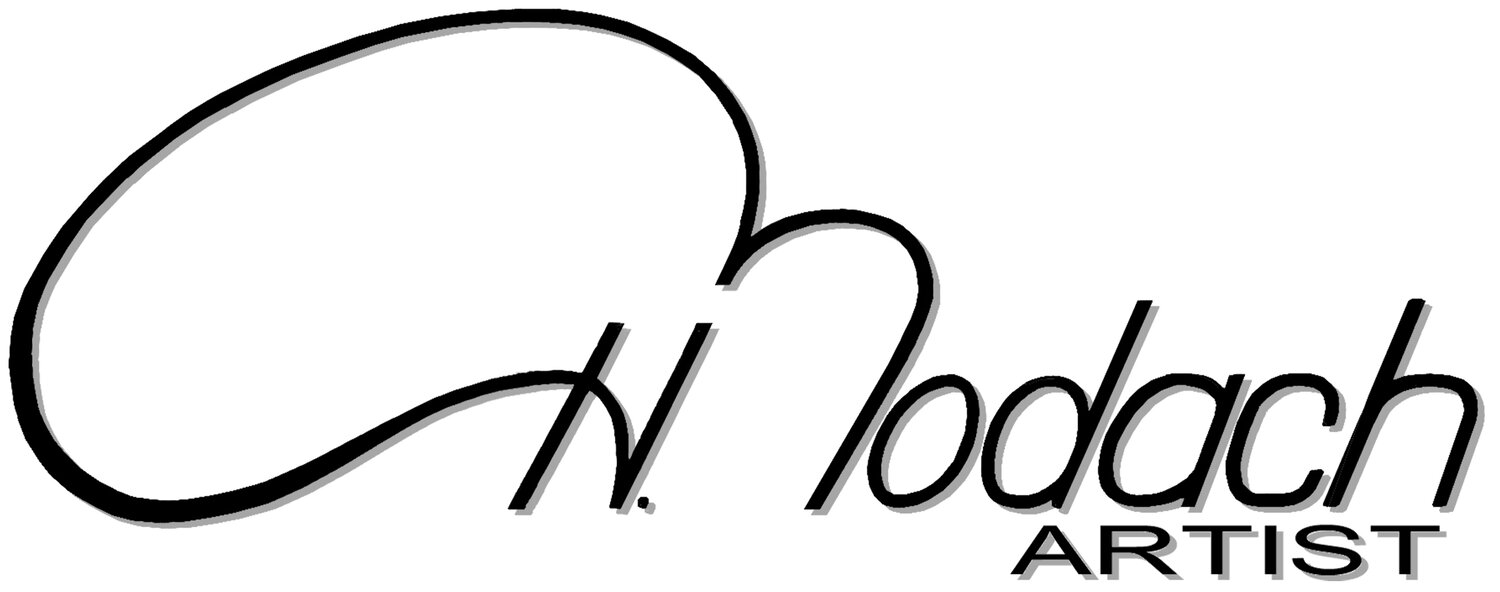
GALLERY OF DRAWINGS AND SKETCHES
CLICK THUMBNAIL IMAGES BELOW TO VIEW FULL HIGH RESOLUTION ART
PENCIL STUDIES BELOW
Drawing and Sketches provide the artist a means of documentation, a tool for problem-solving, and of compositional design explorations. They also are means of expression and creativity enjoyment. They can exibit a few simple lines to the more complex and extensive combination of line and shade.
“Early Morning Breakout - Common Loon Family” - Studies 1 to 4
STUDY ONE
Explore Ideas
Initial sketches are done to explore the basic design. The primary elements being looked at are lines and shapes in the rock wall. My approach to planning compositions is always to direct the eye through the entire artwork and help it rest or dwell in areas of interest. So these sketches are focused on primary lines and shapes. Coming close to the original inspiration is always the goal.
STUDY TWO
Adjust & Refine
Once one of the many compositions begins to grab my eye, a commitment is made and various areas are developed further. The tonal values and shading are explored. The direction and use of light on the rocks, even the reflection on the water begin to take further shape. The key to remaining committed to a composition is to see it in a mirror which allows a fresh perspective. If it exceeds the initial vision, then you have a winner.
STUDY THREE
Build on Results
Now, serious commitments are made in the placement and direction of primary and secondary elements. You want to really develop the overall composition by working out the deep tones, the strength of shadows and their consistent directions of light. You still want to explore ideas and in this version, see how water ripples effect the design and the main subject, the Common Loons.
Making Final Refinments
STUDY FOUR
Once the overall design is set, then final refinements can be made for this Common Loon Family composition. Individual gestures, eye flow, eye dwell schemes, consistent directions of light and shadow are a few items that need checking, Studies are most beneficial when problem solving, or committing design to paint. The process saves both time and money, especially with large works of art.
Inspiration comes with active fieldwork building the foundation of any new artwork.
FIELDWORK ART
When moving around in a given location in the wilderness, you encounter sudden surprises that by their very nature beg to be recorded by either a quick sketch or a photograph. Sketch mediums can be either pencil or water colours.
As an artist I look at unique landscapes and interesting behaviours in wildlife which are equally important for capturing special moments. I always keep as many elements of design in front of me when building toward a final composition. In landscapes for example, it may be the arrangement or patterns of large rocks that encompass a given field of vision, from foreground, middle ground and background. This can be applied to a panoramic view of mountains or extremely close up view of rocks on a cliff side. Design is foremost in my mind, but it starts from observations in the field.
While patiently observing wildlife, their particular behaviors, the way they interact with each other and their surroundings are revealed and can be recorded. Sometimes it is difficult to do this as wildlife are on their own schedules. Once patterns are recognized, and important moments present themselves, the artist can sketch or photograph them. These become an important resource when moving toward a final work of art.
In wildlife I look for particular movements and dynamic gestures that are unique to that species. How they may move at any given time is also important when capturing a moment. Since they are always very active, capturing movements is best done with a video, or a very high speed camera settings.
Artists will also move from the quick sketch to the more refined drawings. It can be treated in the same manor as final paintings and sculptures are where the entire space of the paper or board is taken into account. These pencil drawings will exhibit a more fully defined compositional approach. Instead of having a few lines describing the subject matter, they have many lines and even shading is applied to them. Shading is a huge consideration for fully defined drawings as this helps define the light and shadows much more clearly. The greater the tonal value exhibited, the richer the drawing is.
The original artwork and photography on this website by Harvey Bodach is protected under copyright law. Each original artwork has a screened watermark to help prevent copyright infringements. You must not use this website to copy, store, host, transmit, send, use, publish or distribute any of its materials.
FOR MORE INFORMATION ON LAWS THAT PROTECT ARTWORK BY ARTIST, GO TO CONTACT AND CLICK COPYRIGHT




